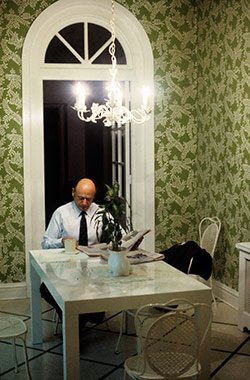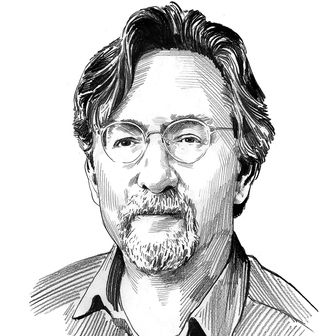
The legacy of the Koch building boom can be seen in a chorus line of towers down Third Avenue, the bleak black gloss of the Javits Center, and the clusters of postmodern skyscrapers in the financial district. Prosperity always produces mediocre buildings, but the Koch years yielded a bumper crop of ugliness. His administration’s biggest development successes, however, were ones where his goals went unrealized. In Times Square, Koch wanted sex shops out and the area filled with office workers and theatergoers, so he backed a monstrous plan for a two-block merchandise mart and a quartet of grim towers by Philip Johnson and John Burgee. At Columbus Circle, Koch favored a proposal to replace the Coliseum with Moshe Safdie’s enormous stack of crystals. Then there was Westway, the highway and park along the Hudson River that stirred up a boiling pot of belligerence. All three projects were beaten back, and Koch had to settle for less.
These days, Times Square turns crowds into money, Columbus Circle links midtown to the Upper West Side, and even without a buried roadway, Hudson River Park has materialized. The Koch paradox is evident; he rescued the city just as he gave chunks of it away. He had fine instincts and terrible taste, and a tendency to believe that money trumped wise urbanism. His greatest building achievements are the things he didn’t get done.
See More
• The Perfect Mayor of Crazytown
• Mario Cuomo on His Old Foe
• Hizzoner’s Many Roles and Magazine Clippings
• His Love for a Broken City That Loved Him Back
• Maer Roshan on His Dinners With Koch
• New York’s Last Mayor From Main Street
• Koch and the AIDS Crisis: His Greatest Failure
• A Life in Pictures
• Complete Coverage on Daily Intelligencer
Have good intel? Send tips to [email protected].
